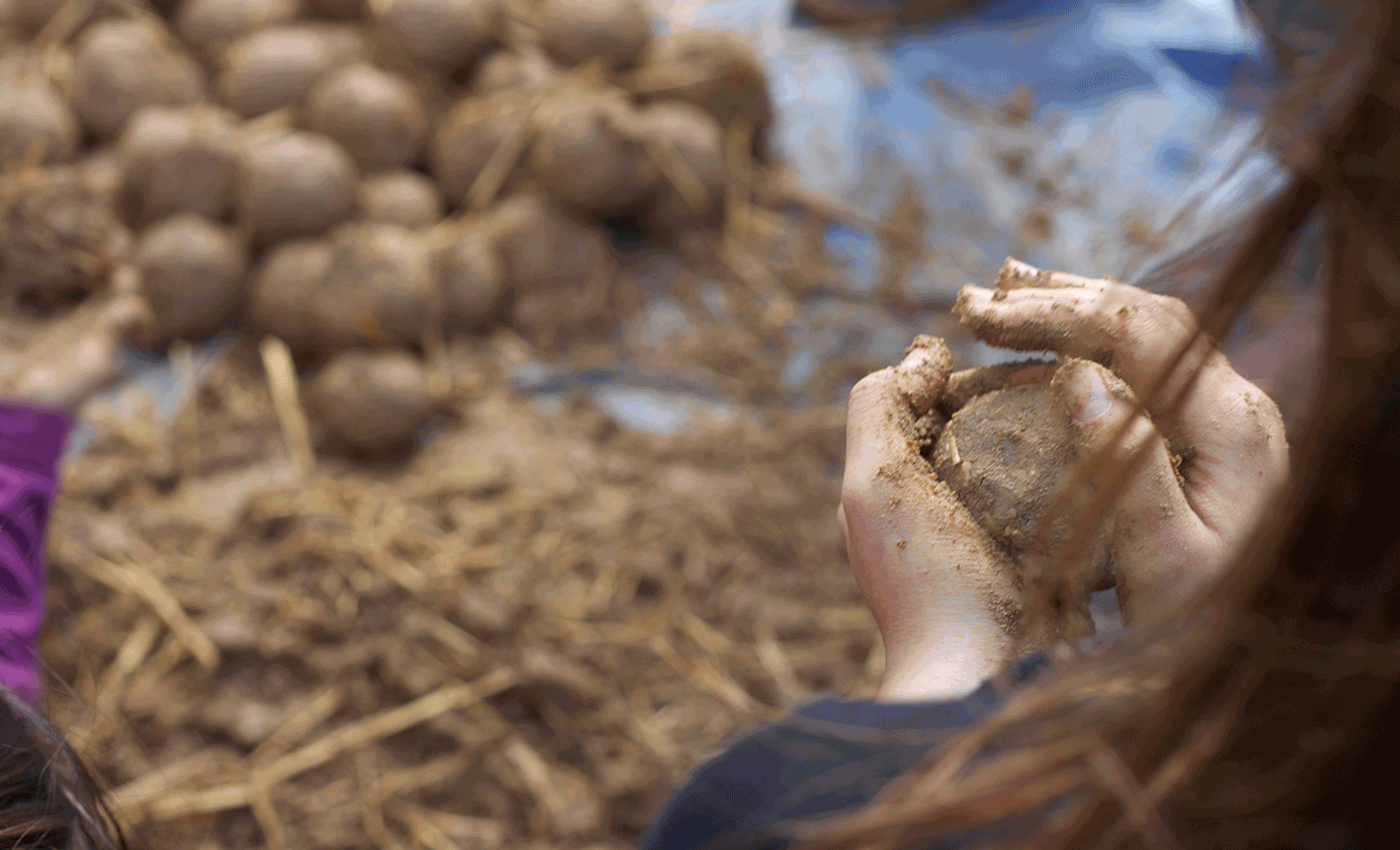WHY WORK WITH US:
- Working with cob is a wonderfully unique experience and deeply rewarding. It brings people together to create something amazing and inspires a sense of joy, connection and community.
- The process is easy, fun and sometimes goes deep, helping to rekindle memories – perhaps of the last time your hands were in mud as a child.
- We work flexibly and can offer a range of options to suit your budget.
- For example, if you wanted to build your own community oven, we can supply all materials or you can source some or all of these yourself to keep costs down.
- We offer a range of teaching styles to suit your group’s needs, abilities and interests. We can also supply trainers who have Permaculture Design certificates.
- Our expertise ensures projects are completed on time and to budget and are compliant with UK legislation and building regulations.
We care about the health and safety of everyone involved on our builds and our key staff working on site are cleared to work with children and vulnerable adults (DBS checked).
COB IS MADE OF EARTH
It’s the world’s most prolific and 100% natural building material. Many of the bricks used in traditional construction are also made of earth – but they contain pulverised clay and chemicals and are fired at circa 1000 degrees centigrade. What makes cob different is that it doesn’t need to be fired, nor does it involve the physical exertion required of, say, rammed earth building.
Cob is made by mixing clay with sand and straw and water to produce a malleable material that has many uses. Clay usually comes from the earth layer found just below the topsoil. When fully dried, cob becomes extremely hard, and whilst it is 100% biodegradable, it can last for hundreds of years. There is an old saying we like to use: “All cob needs is a good hat (roof covering) and a good pair of boots (foundations).”
Unlike cement, clay loves water and it can absorb and release water with no affect to its chemical structure. Cob has been used as a building material in England since the 13th Century and we at Cob in the Community are delighted to be at the forefront of its gentle revival in London.
COB IS MADE OF EARTH
Some of the most extraordinary examples of cob structures can be found in Sahel, Africa and South Yemen, but there are also some lovely ones right here in the UK – especially in Devon, England. All offer wonderfully rich, diverse and sustainable examples of earth being used in building. The final results are demonstrably durable and can be breathtaking. At Cob in the Community, we are doing our little bit to put London on the map of the world’s most inspiring cob heritage sites!
WHY LONDON CLAY?
Over a third of all construction in the UK takes places in London. Our need to dig deeper as buildings get taller and to make way for some of the world’s leading civil engineering projects – such as the London Underground extensions or the Thames Tideway Tunnel – means that clay is regularly extracted. But this clay usually goes to landfill. What a waste!
London can provide Londoners with an abundant supply of clay to do all kinds of great, creative things – let us show you how.

